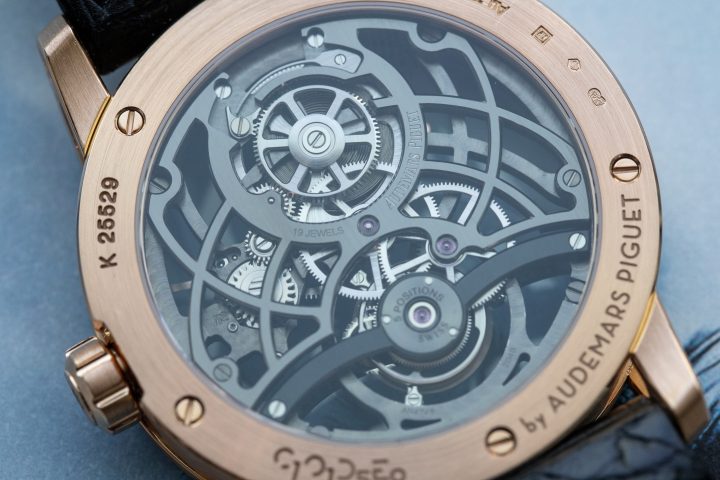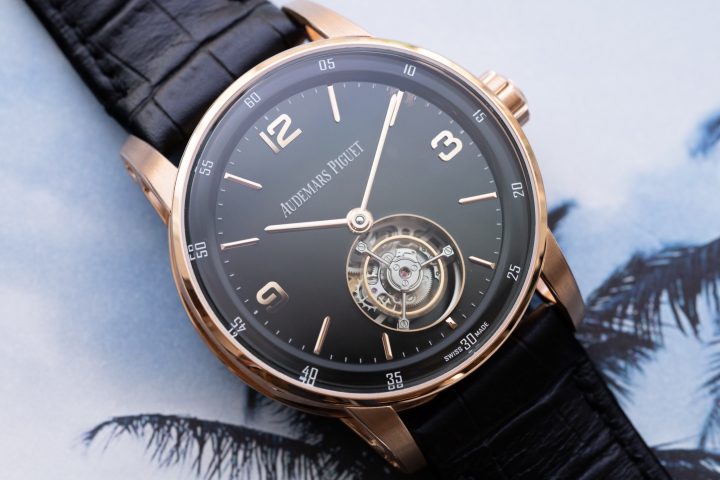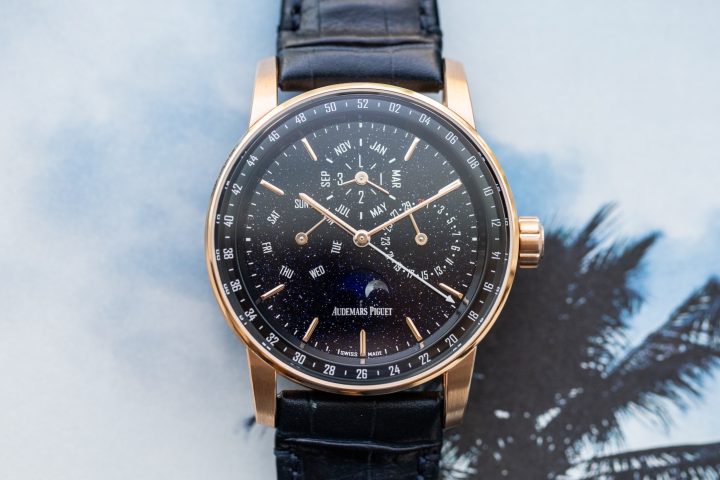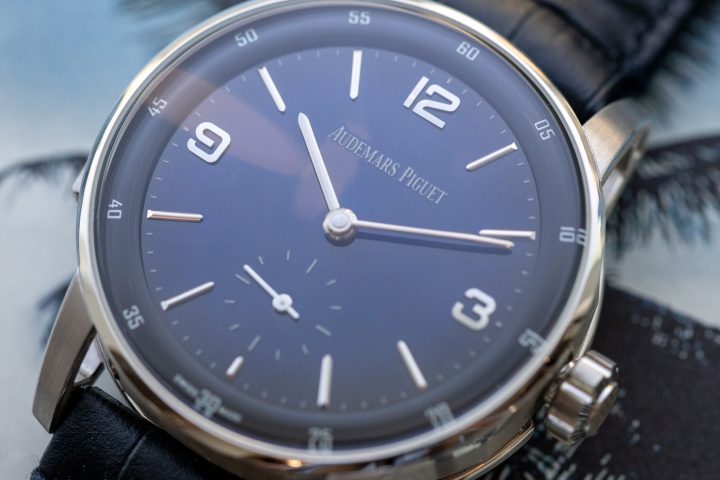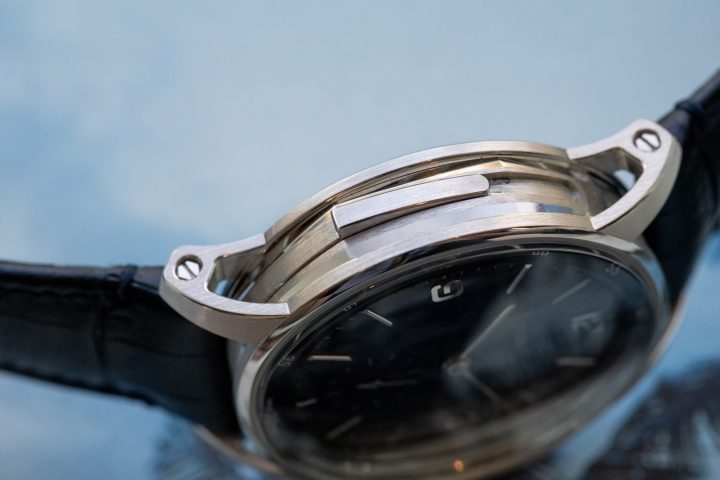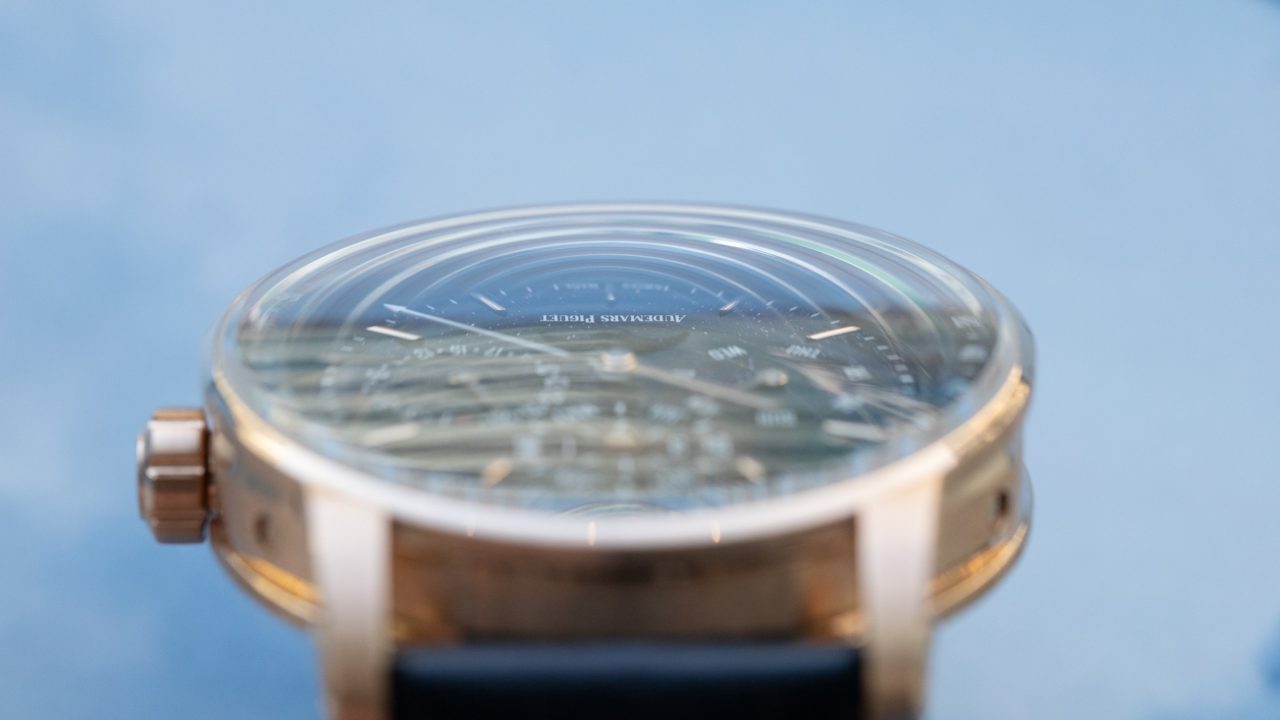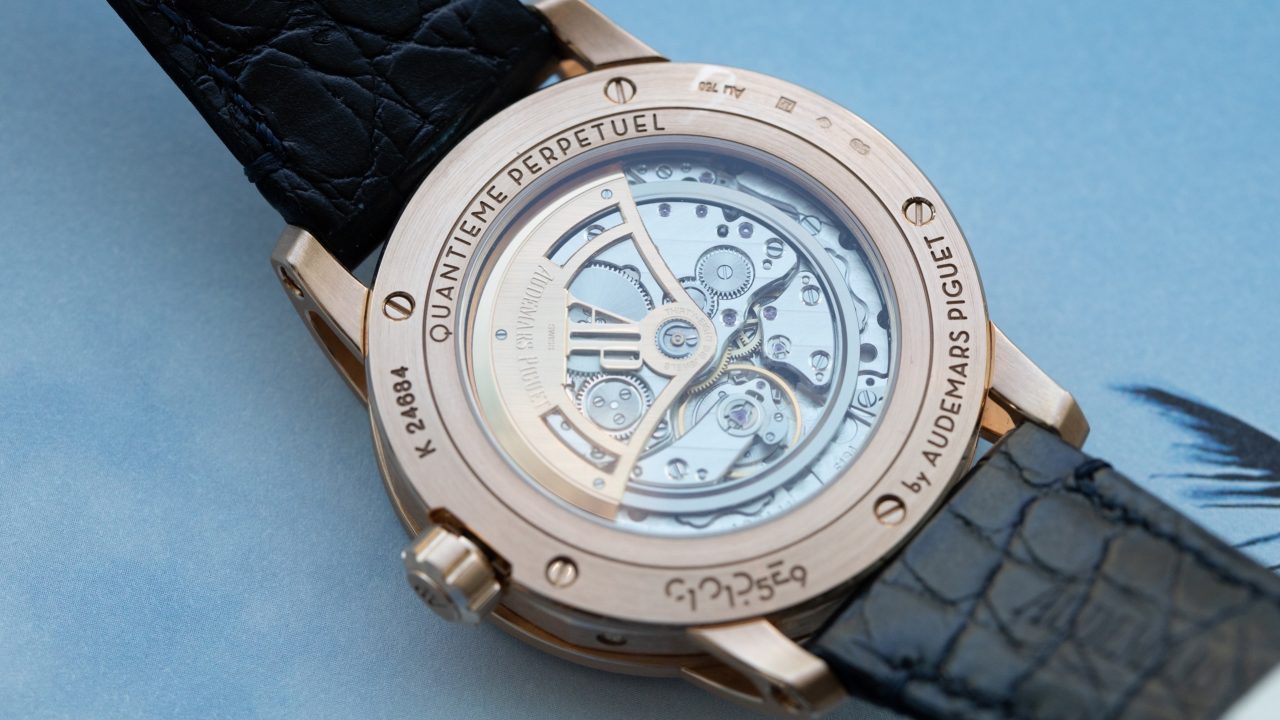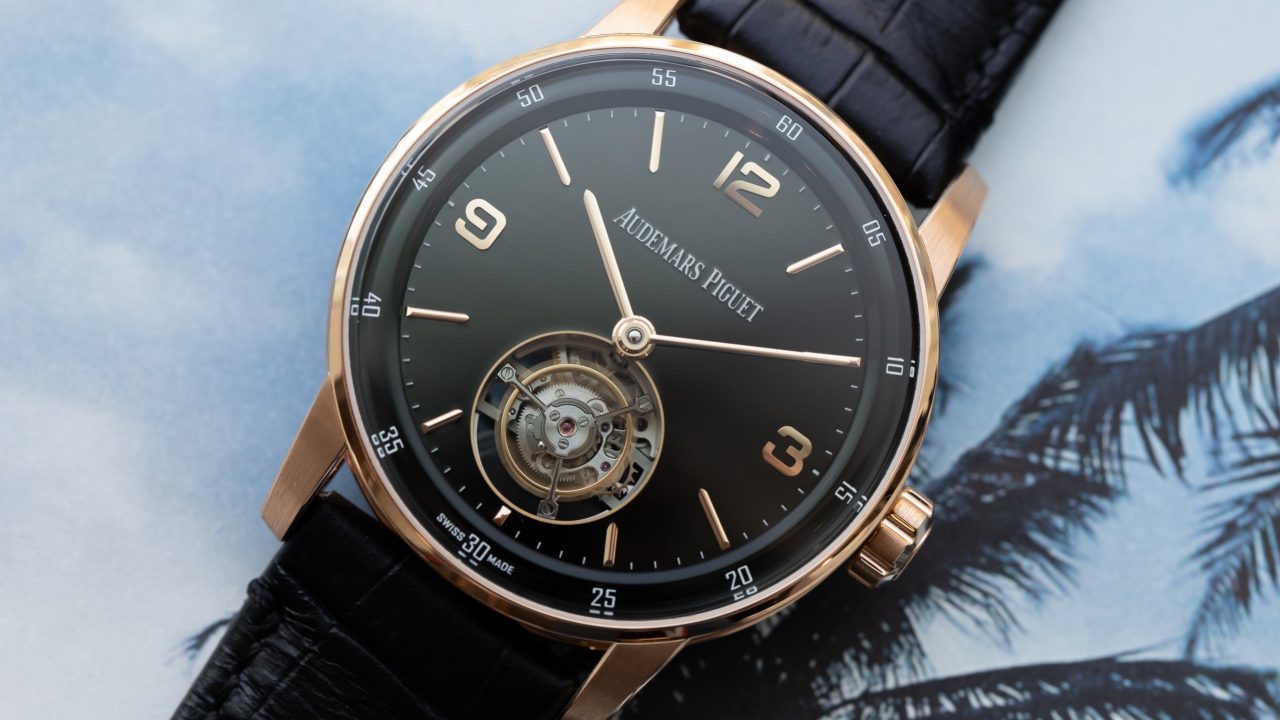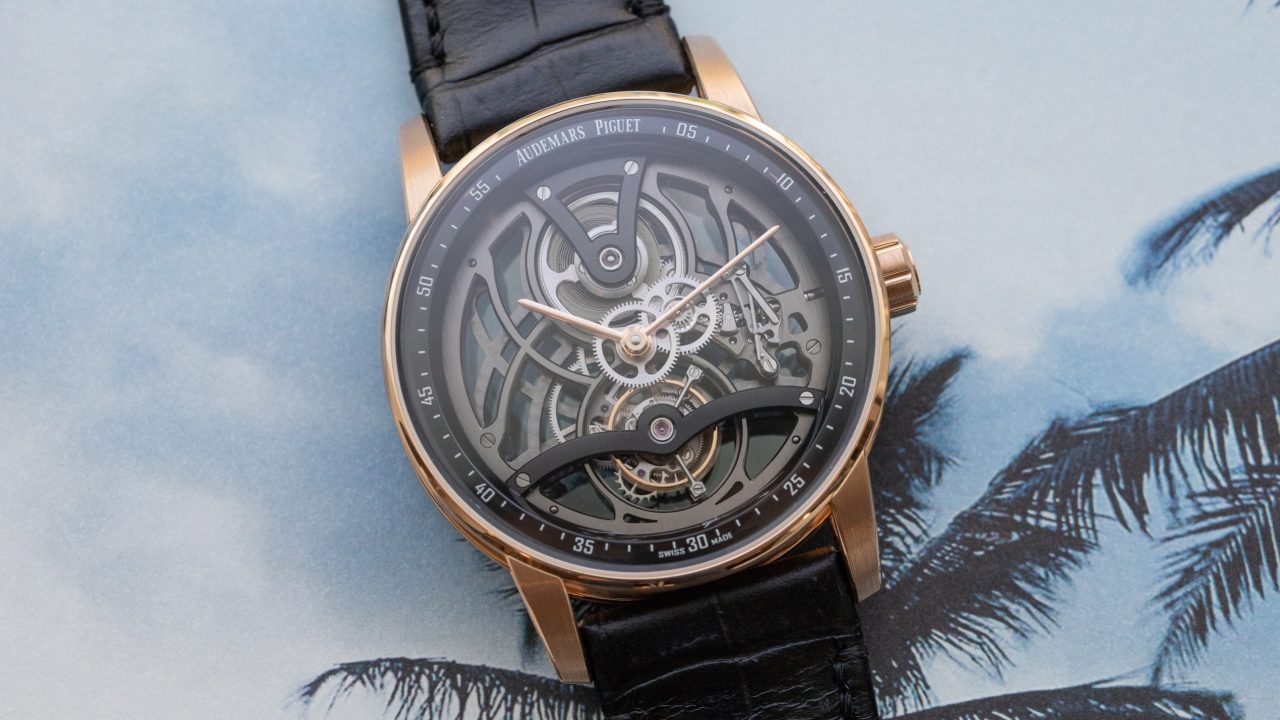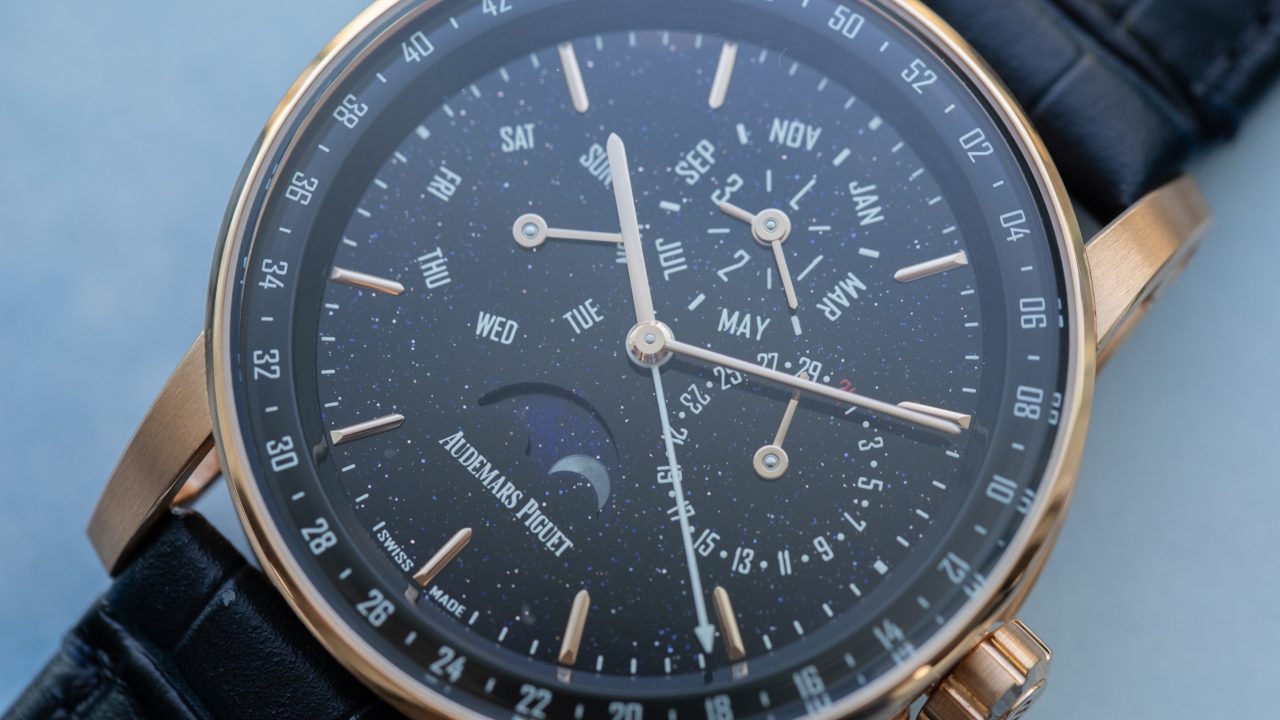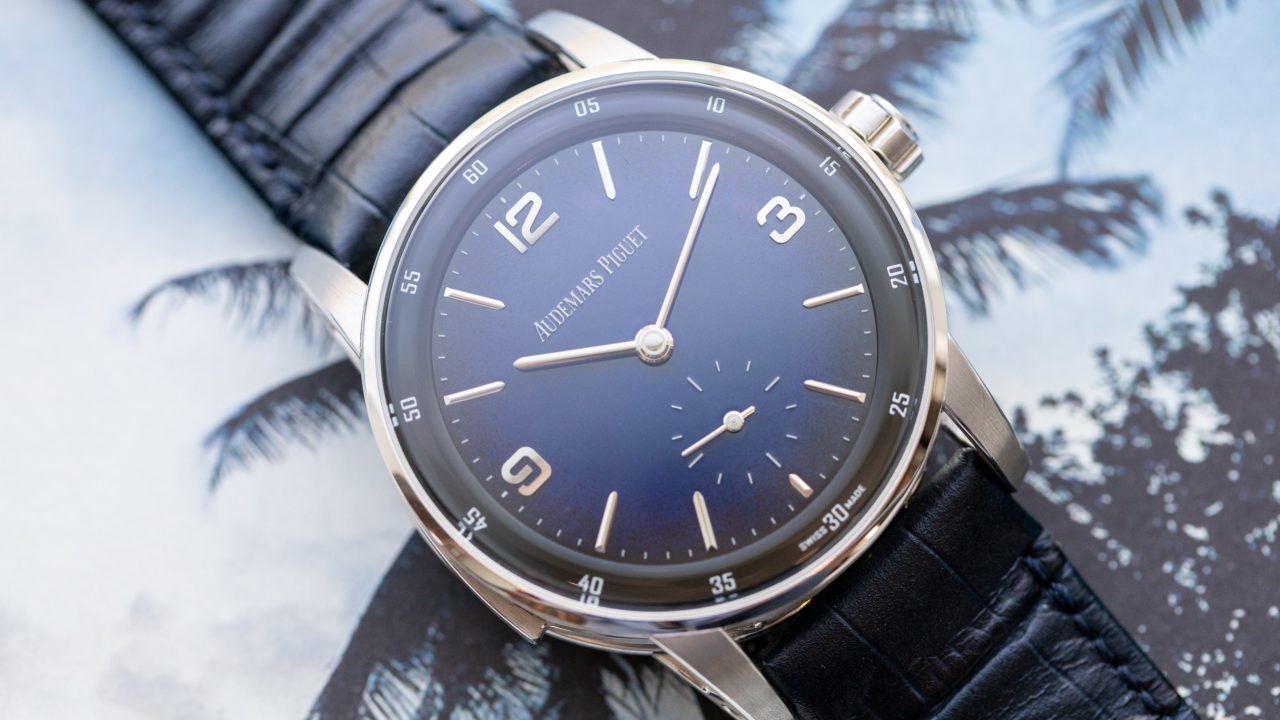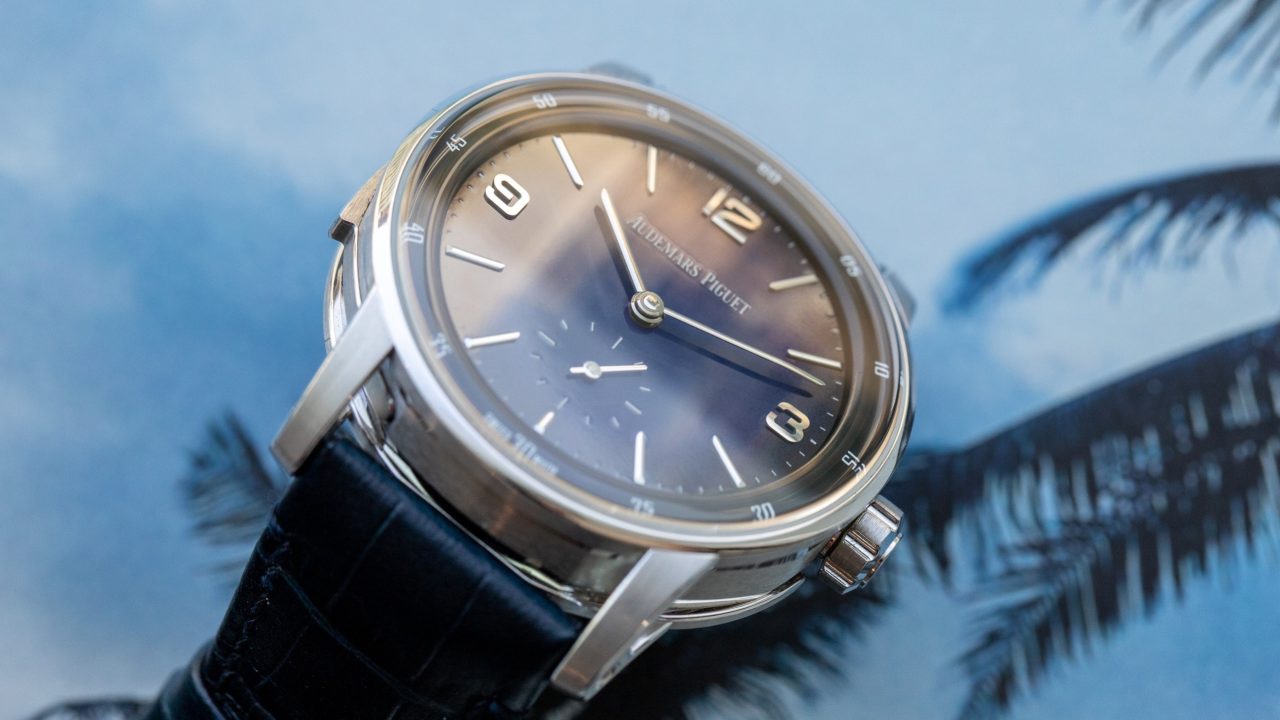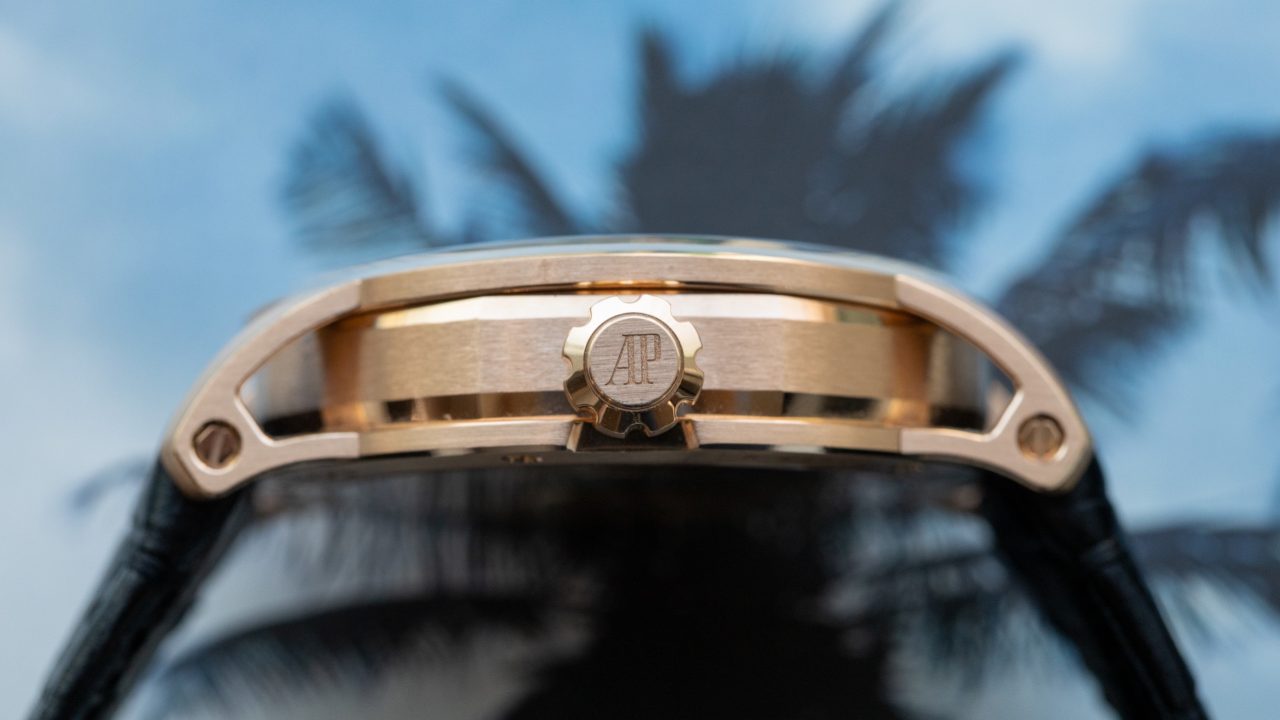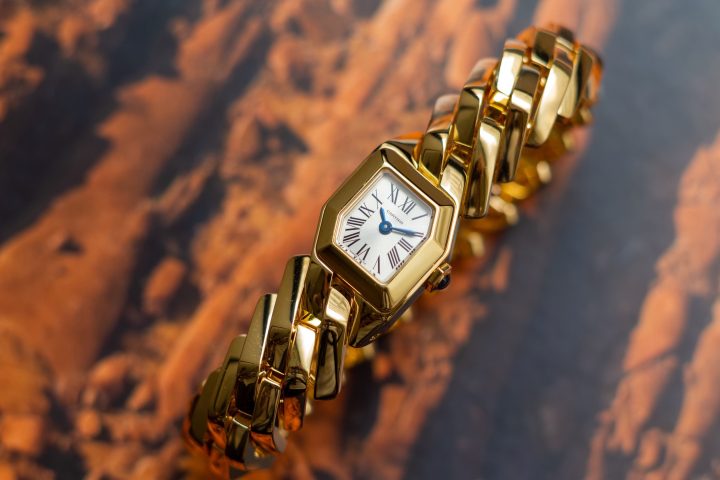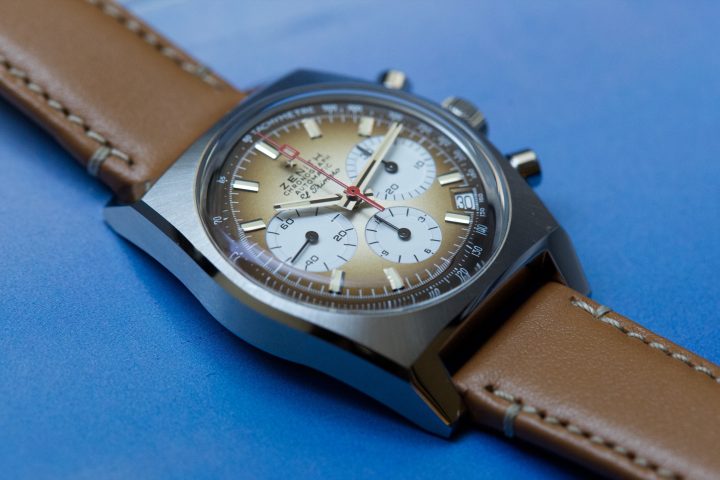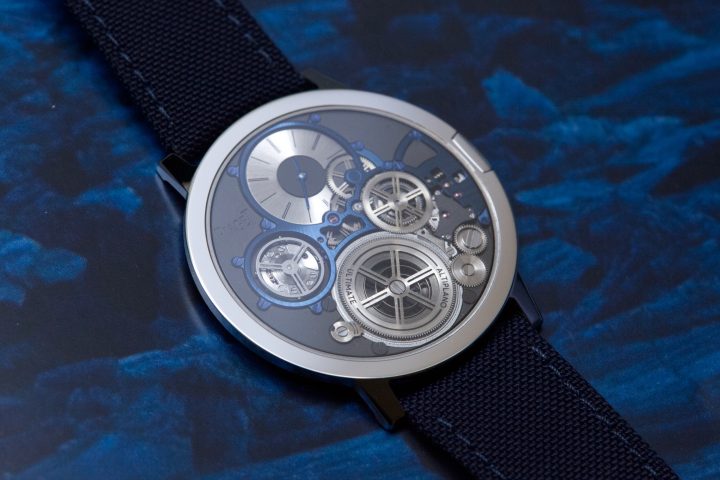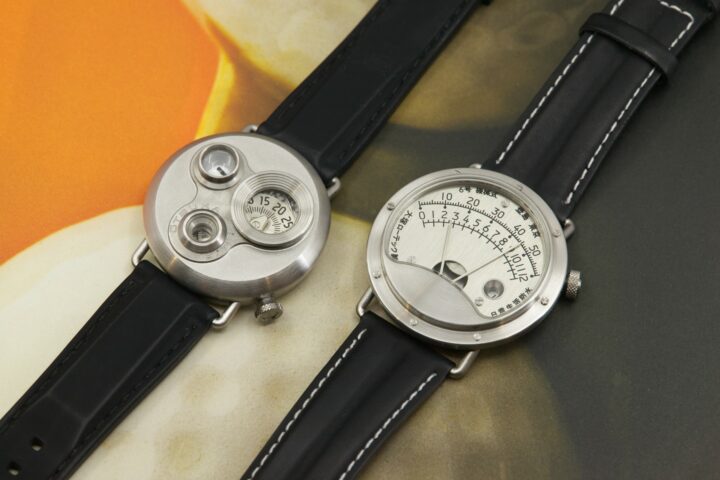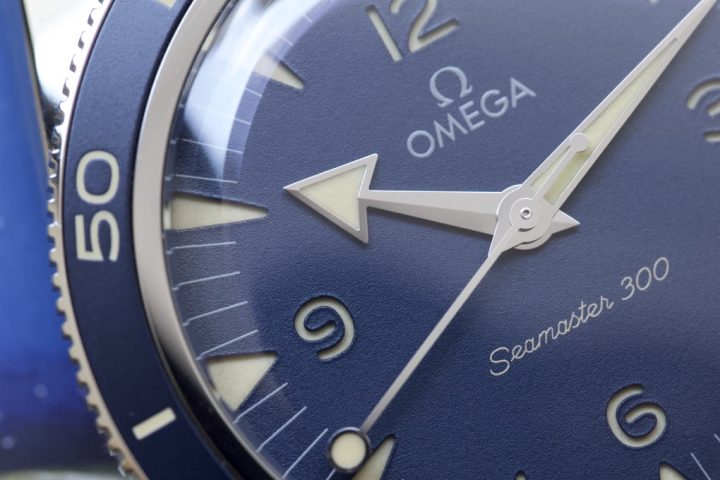Allow us for a moment to imagine an alternate universe, where everything appears to be the same except for one vital difference, at least from a horological perspective; at the Salon International de la Haute Horlogerie (SIHH) on the 12th January 2019, rather than releasing 13 references across six models, Audemars Piguet instead revealed five references across four models, all of which are either tourbillons or complications: an openwork tourbillon, a flying tourbillon, an automatic perpetual calendar, and a new casing of the landmark Supersonnerie calibre. Not present would be the three-hander and the automatic chronograph, both of which will sport important new movements that would form a core foundation for Audemars Piguet in the future, but perhaps in this other universe, they are unveiled in 2020 at Audemars Piguet’s new standalone event outside of SIHH.

Instead we get to focus on an exciting new collection maybe simply called CODE (it might be easier to forgo the one-minute-to-midnight connotations of the second part of the name for now). While the initialisation could seem a bit contrived at first, it nicely summarises Audemars Piguet as a brand today: Challenge (the team at Le Brassus have done an excellent job of changing people’s perception of fine watchmaking in recent years), Own (they are one of few, great, independent, relatively large scale brands), Dare (Audemars Piguet are clearly true to their convictions as proven by the risks that have been taken over the brand’s history), and Evolve (François-Henry Bennahmias and his team are certainly prepared to move forward, be it the Royal Oak in 1972, or a new collection today).
Housing complications and tourbillons in this new case design allows all of the innovative aesthetic elements to be balanced by the movements, rather than overpowering them and their dial choices. There is a nice nod to the iconic Royal Oak, with the octagonal mid-section and eight-sided screws that appear to secure the strap. The architectural lugs have cut out centres and a beautiful use of tension that means the lower part is not actually fixed to the case, and is, in fact, cleverly suspended. And the impressive double-curved sapphire crystal which creates a sort of optical illusion to give the dial a level of clarity and scale that is hard for the brain to initially comprehend, while also making the 41 mm watch feel larger on the wrist. The finishing to the case is, as one would expect from Audemars Piguet, beautifully executed, with its mixture of brushing and polishing throughout carefully applied for maximum effect, while other small details, like the strap options combined with the buckle plus deployant options, clearly show that the watches were thoroughly tested in the field on a variety of wrists before the release.
All of these small details add up to a whole that creates an ideal chassis for mounting important movements which exemplify the heritage of Audemars Piguet. The tourbillon is a relatively recently addition to the annuls of the brand, but it has become hugely important with a wide range of applications across the existing model range. Therefore, the reference 26396 automatic flying tourbillon, housing the new calibre 2950, in either an 18K white gold case combined with blue dégradé enamel dial, or an 18K red gold case fitted with black enamel dials, as well as the reference 26600 openwork tourbillon, containing calibre 2948, are logical additions to the collection.
While the tourbillon may feel a bit superfluous for many, it does lend itself for both models to show strong skills from within Le Brassus; the enamel dials on the automatic flying tourbillon models are impressive in person, giving a sense of depth that is often lacking from the dials of modern watches, and the finishing on the hand-wound openworked calibre is very well executed, with an appealing mixture of techniques, as well as the difficult-to-execute interior angles.
The watch that inevitably received the most commentary from the collection is the perpetual calendar reference 26394. With its dazzling blue aventurine dial complemented by a matching blue alligator strap, it is arresting due to the way light plays off of the dial material, and while it has seen applications with other brands, its still feels quite novel, especially on a perpetual calendar. The watch also represents something of a value proposition when benchmarked against other automatic perpetual calendars from comparable brands.
Last but by certainly no means least is the Minute Repeater Supersonnerie, the latest application for the landmark calibre launched by Audemars Piguet in 2016. Originally housed in the Royal Oak Concept case, then presented as a Jules Audemars model to satisfy a more traditional audience, the CODE 11.59 interpretation splits the difference, with is modern case design and old-school-cool dégradé enamel dial. Even more appealing is that this is now the smallest Supersonnie at 41mm, versus 43mm for the Jules Audemars, and 44mm for the Royal Oak Concept.
While stealthy on the wrist, the sonic performance of the CODE 11.59 Supersonnerie is really spectacular, not just loud, but rich and clear, effects that are extremely difficult to achieve in the compact dimensions of a watch case. This is really a stand out watch for me personally, and it would make a worthy addition to the collection of an enthusiast for complications from a truly top tier brand.
It is easy to see that, once we put aside the opinions that were extolled on social media and comments sections of websites focused predominantly on two models (before the majority had even tried on the watch), the entire collection can be viewed with a fresh set of eyes. And things certainly look different from this perspective: it is clear that CODE has the potential to be another strong pillar for the maison of Audermars Piguet that will likely grow only more significant with time.
